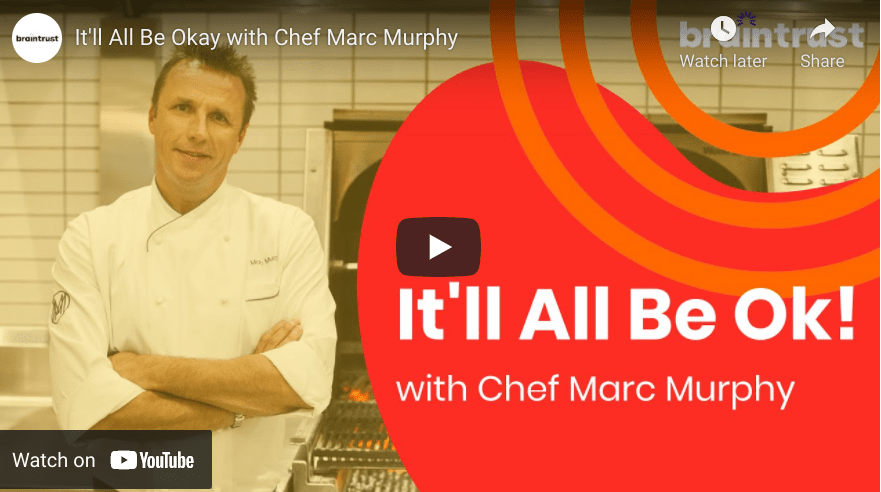
One of the strands of Joan Sedita’s Writing Rope is critical thinking. Just as critical thinking plays an important role in developing all cognitive skills, it also plays a big part in helping students become competent writers. But what exactly does critical thinking look like when it comes to writing?
General critical thinking skills require us to evaluate issues, situations, or facts in order to form our own opinions or draw our own conclusions. We can (and should) apply these same skills to every stage of the writing process.
Planning Our Writing Critically
When students first learn about the narrative arc of a story or the components of an informational paragraph, they need a formula they can follow. Students become most comfortable with new skills when they are able to practice the skill as explicitly as possible. Therefore, we teach students specific procedures for each of these different writing purposes. As students become more skilled with writing for different purposes, they can begin to focus less on the formula and more on the content. This is where critical thinking comes in.
As students continue to hone their craft, they spend more time generating ideas and planning. Once students know what their writing should include, they can be more thoughtful about their specific purpose as a writer. They know what they want their audience to get out of reading their writing and can determine how they’ll go about accomplishing that.
Questions Writers Ask to Ensure They are Thinking Critically:
What is the topic/main idea of my writing and why did I choose this?
What are the most important main ideas/plot points/arguments I should include in my writing?
What do I want my reader to think or feel after reading my writing? How will I attempt to get them there?
Thinking Critically While Drafting and Revising
As students begin drafting, it is important that they keep the questions above in focus. They should return to them periodically throughout the drafting process. Once students have completed their draft, it’s important that they read through their work through the lens of their intended audience. They need to look for areas that may have been overlooked. These include spots where they may have assumed prior knowledge, obvious unintended biases, or underdeveloped plot points.
Reading through one’s own writing with a critical lens is both challenging and crucial. The best writing happens when authors consistently use critical thinking skills throughout every step of the writing process.




